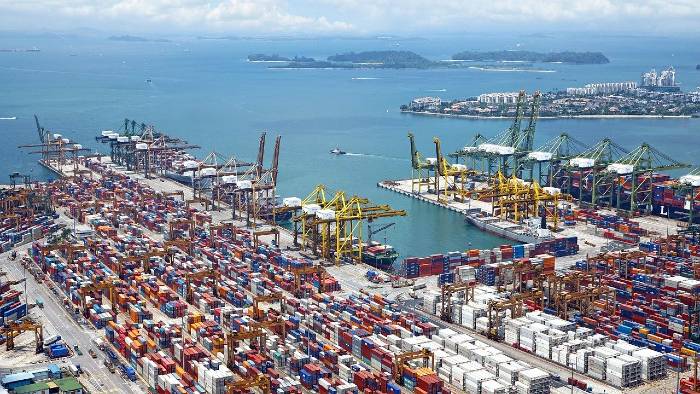As a result of the COVID-19 pandemic, manufacturing supply chains across the world have been shaken up. We’ve noted a few ways the scene has changed and what you can do to adjust in order to avoid delay of your product delivery and meet demand. Continue reading “Avoiding Delay of Your Product Delivery”






